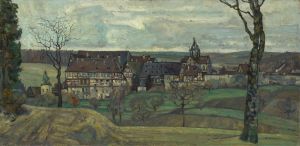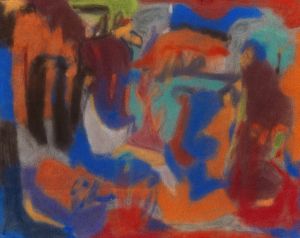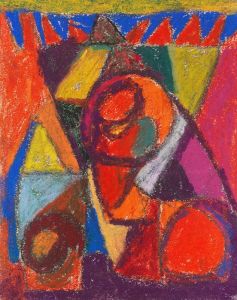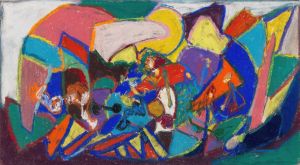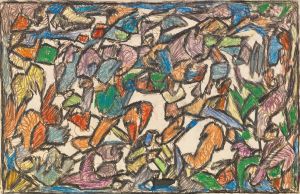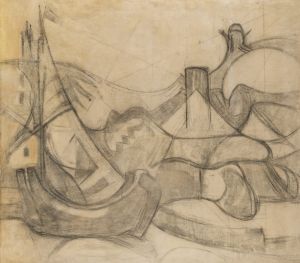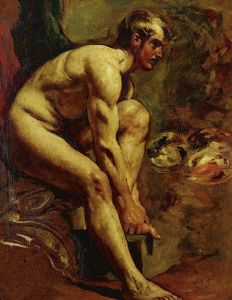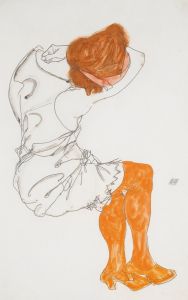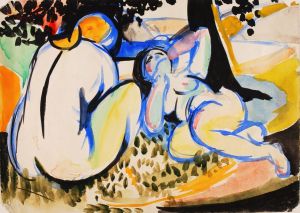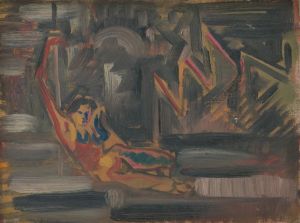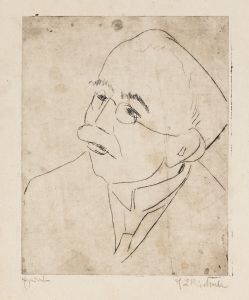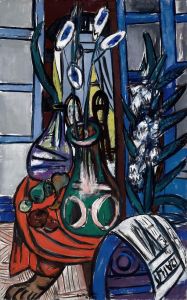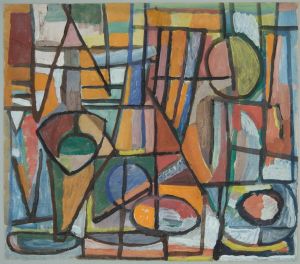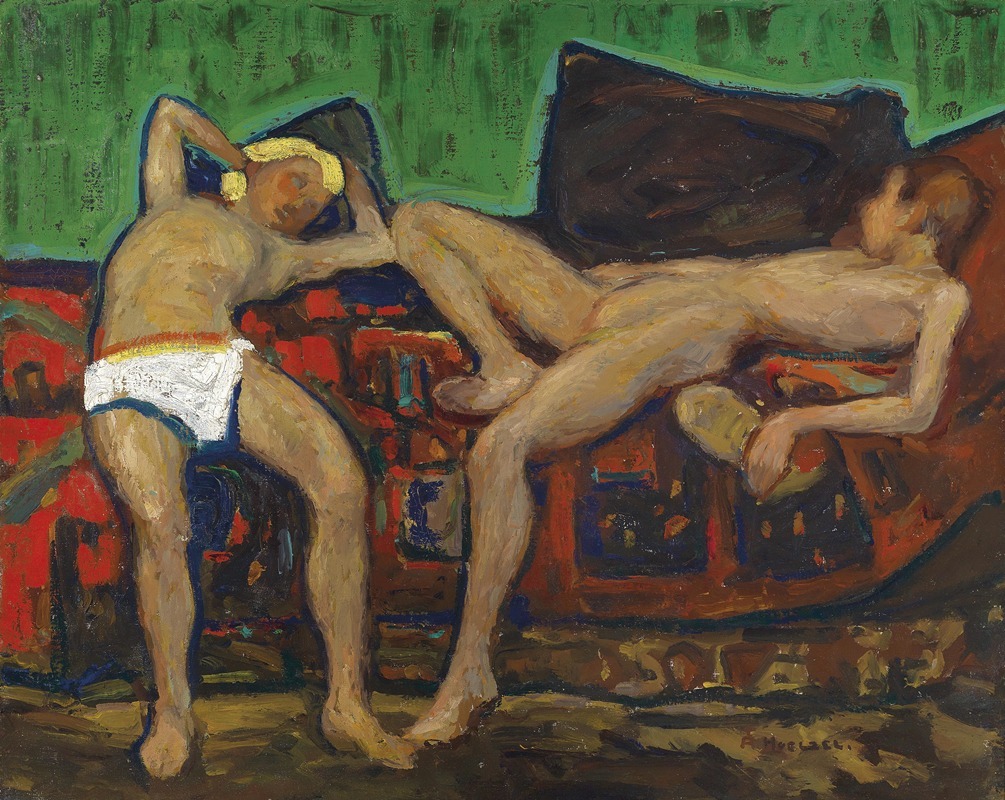
Zwei ruhende Akte
A hand-painted replica of Adolf Hölzel’s masterpiece Zwei ruhende Akte, meticulously crafted by professional artists to capture the true essence of the original. Each piece is created with museum-quality canvas and rare mineral pigments, carefully painted by experienced artists with delicate brushstrokes and rich, layered colors to perfectly recreate the texture of the original artwork. Unlike machine-printed reproductions, this hand-painted version brings the painting to life, infused with the artist’s emotions and skill in every stroke. Whether for personal collection or home decoration, it instantly elevates the artistic atmosphere of any space.
Adolf Hölzel's painting Zwei ruhende Akte (translated as Two Reclining Nudes) is a work by the German painter and art theorist Adolf Hölzel (1853–1934). Hölzel was a significant figure in the development of modern art in Germany and is known for his contributions to abstraction and his role as a teacher and theorist. His work bridged traditional academic art and the emerging modernist movements of the late 19th and early 20th centuries.
Zwei ruhende Akte depicts two reclining nude figures, a subject that aligns with the long-standing tradition of the nude in Western art. The painting reflects Hölzel's interest in form, composition, and color harmony, which were central to his artistic philosophy. While the exact date of the painting is not widely documented, it likely belongs to a period when Hölzel was transitioning from representational art to a more abstract and expressive style.
Hölzel's approach to art was deeply influenced by his studies of color theory and his belief in the spiritual and emotional power of art. He was a pioneer in exploring the use of color and form as independent elements, which would later influence movements such as Expressionism and Abstract Art. In Zwei ruhende Akte, these ideas may be observed in the way the figures are integrated into their surroundings, emphasizing the interplay of shapes and tones rather than strict realism.
Adolf Hölzel was also a prominent teacher, and his theories on art had a lasting impact on his students, including notable figures like Oskar Schlemmer and Johannes Itten, who were associated with the Bauhaus movement. Hölzel's tenure as a professor at the Academy of Fine Arts in Stuttgart (1905–1919) was a period of significant influence, during which he encouraged experimentation and the exploration of new artistic ideas.
While Zwei ruhende Akte is not as widely recognized as some of Hölzel's other works, it exemplifies his commitment to exploring the boundaries of traditional art forms. The painting serves as a testament to his role in the evolution of modern art and his dedication to the study of composition and color.
Further details about the specific history, provenance, or exhibition of Zwei ruhende Akte are not readily available in public records. However, the work remains an example of Hölzel's innovative approach to art and his contribution to the broader artistic movements of his time.





